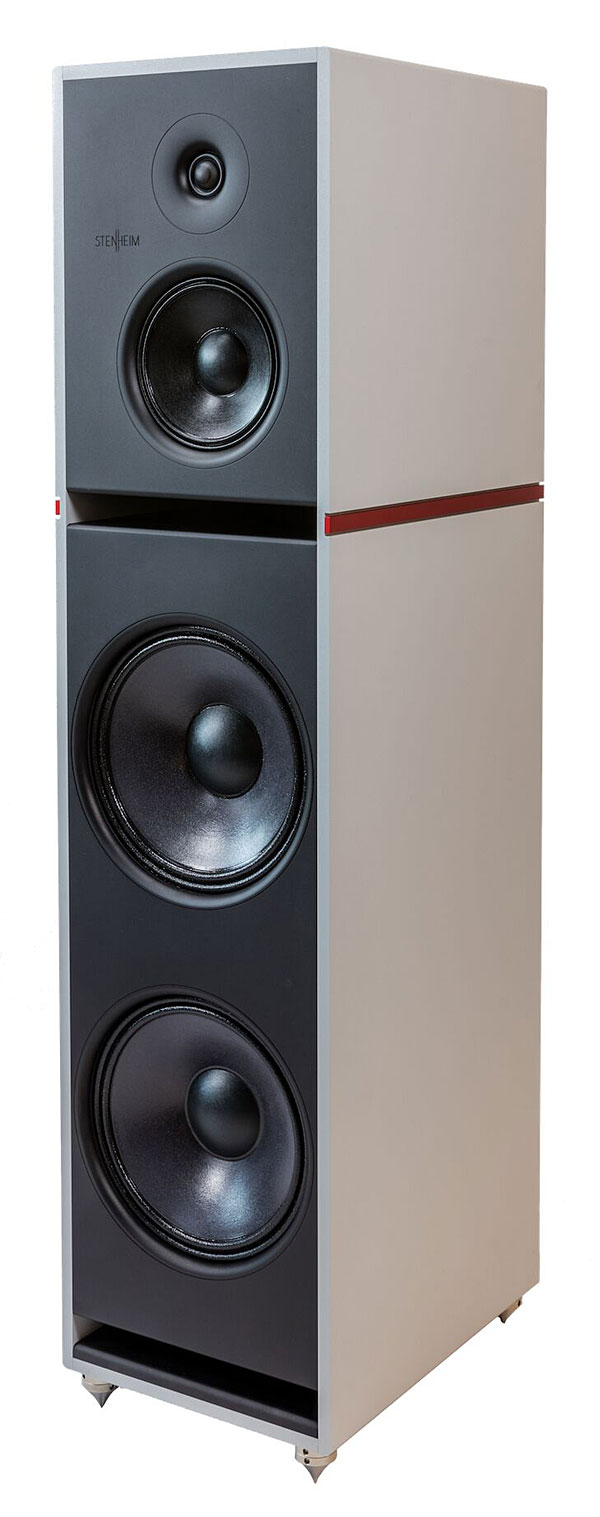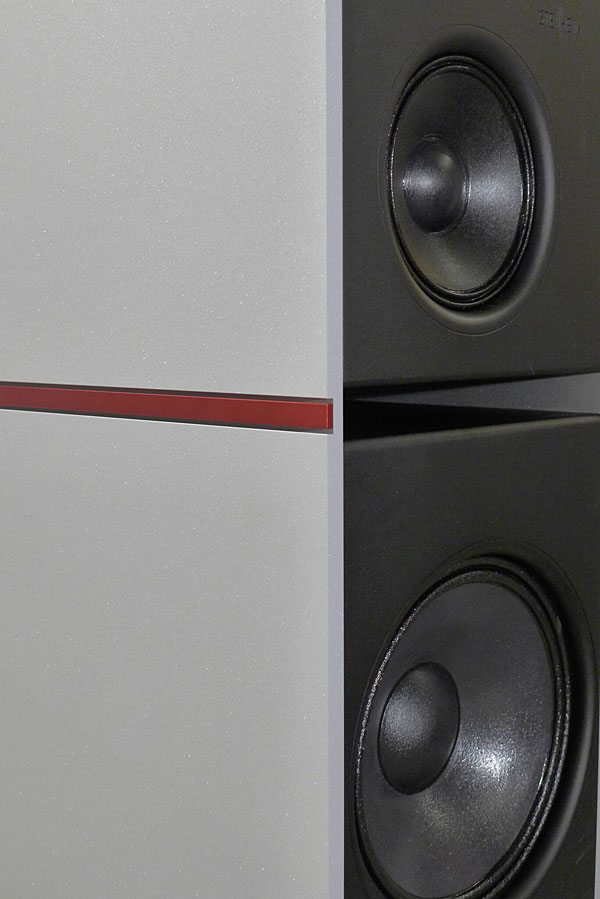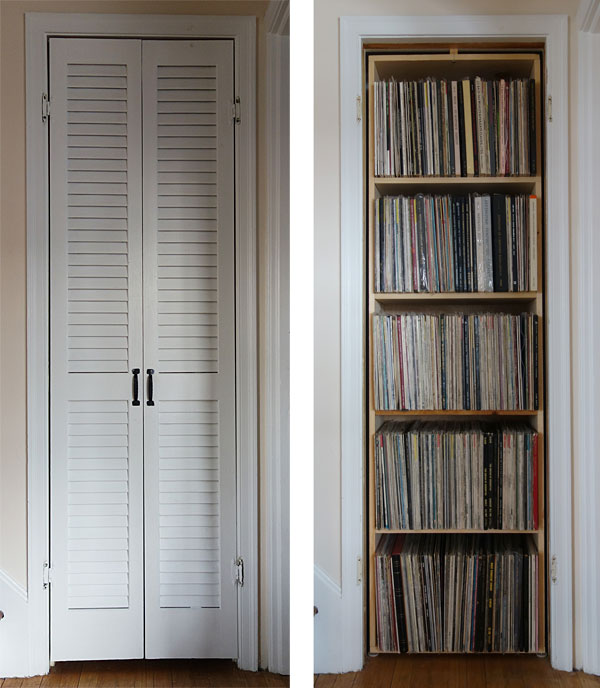| Columns Retired Columns & Blogs |
Once again, a great feeling of space and time throughout the set-up process.. and funny. Nice test listen with the Fi amp as well, showing the speaker's flexibility.
Try the Better Homes & Gardens 2x4 bookshelf; it benefits from thicker support beams and may be a nice alternative to IKEA's offerings (for either vertical or horizontal applications).










































